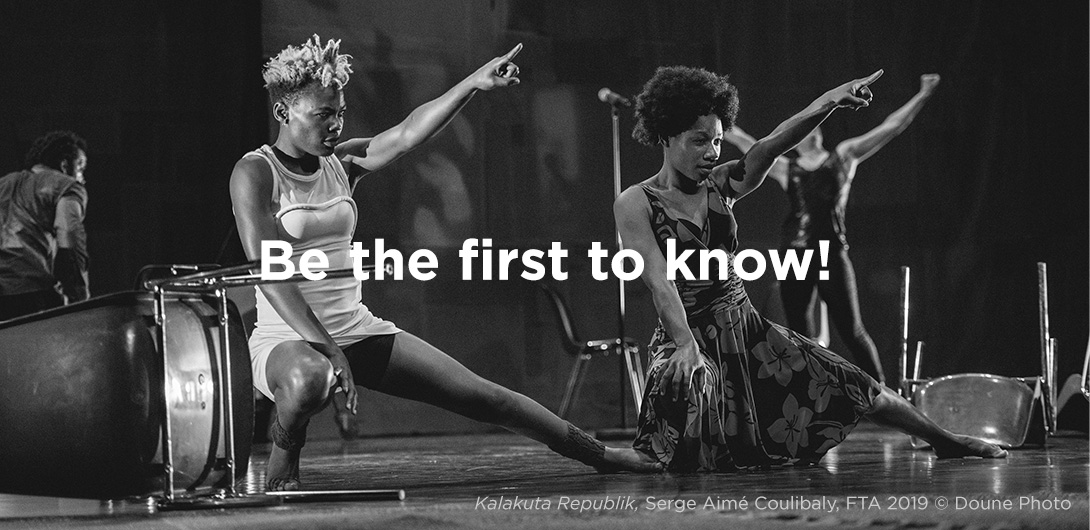Taverna Miresia looks at family memories. How does your relationship to your family shape your work?
Taverna Miresia is a tribute to my family, but above all it’s a reflection on my father’s absence—he wasn’t around much in the day-to-day. The empty chair on stage represents that empty space in my life, the memory I have of a father I only saw in the summertime. My childhood was shaped by women—my mother, my sisters, my aunts—who they were the heart of my world. This play explores that intimate family atmosphere, which emphasizes both absence and the strength of the ties that bind.
I chose to set the play in a bathroom, which is an extremely personal and symbolic space. The bathroom is a place where we are alone, where the masks come off, and where are we take care of ourselves. It’s where we can be naked, physically and emotionally, and so it stands for transformation and rebirth; it’s where the characters purify their emotions, strip off their defenses, and reveal their vulnerabilities. It’s both familiar and poetic, and water, a symbol of tears and purification, flows like an echo of their memories.
Why do you consider theatre to be particularly suited to ritual?
It seems cliché to say it, but theatre is basically a ritualistic space, a place where time is suspended, where we can step away from daily life and enter into kind of communion. The characters in Taverna Miresia end up in this bathroom, which is like a sanctuary, and every gesture has meaning and depth: intimacy becomes sacred. I like using the senses, like smell, to create an immersive, multisensory experience for the audience. The ritualistic aspect is embodied by a spiritual take on femininity. In the play, the women aren’t just bodies, they’re not just a presence, or spirits. There’s something about them that’s redolent of what lies beyond, something that’s bigger than we are. There’s an almost surreal force about them. This is my poetic homage to the women who shaped me.
Your work tends to gesture to realism, yet in the end it always tips to the imagistic, to an aesthetic of light and symbolic aspects. What brings you there?
I choose to create wordless theater, using mostly images, first because of my love for drawing. Since childhood I’ve been fascinated by the stories an image can spin without any words at all.
In Taverna Miresia, each visual detail, from the lighting to the way the body moves, is meticulously thought out. I think of myself among other things as a technician of light, who uses lighting to carve out emotions and express what can’t be said. Lighting can transform an ordinary space into something poetic or sacred. I also believe that gestures and the gaze can create their own poetry, full of symbolism and meaning.
The play focuses on your Albanian roots, which also brings up your status as an immigrant. There’s a strong, political dimension at a time when migration is a complicated subject. How is migration a creative force for you?
My Albanian roots have always been a driving force in my work, even if I didn’t consciously realize it right away. Taverna Miresia is a way for me to represent the Albanian culture of my childhood—the traditions, the colours, the sounds—but also discreetly to situate my story in a broader, collective experience of immigration. Albanians are often stigmatized in Greece, and I grew up with that duality, I felt torn both as Albanian and as Greek. When I created this play, presenting an Albanian family on stage in a major institution in Greek theatre was my way to question those cultural boundaries and pay tribute to a country that’s often overlooked or misunderstood. In the play, the traditional Albanian songs act as an aural heritage. I grew up hearing my grandmother sing mourning songs and joyful songs, songs that tell ancient stories. Singing becomes a universal lamentation, voiced by a singer who represents motherhood, mourning, absence. It’s both personal and universal, a connection between the individual and our collective memory.










